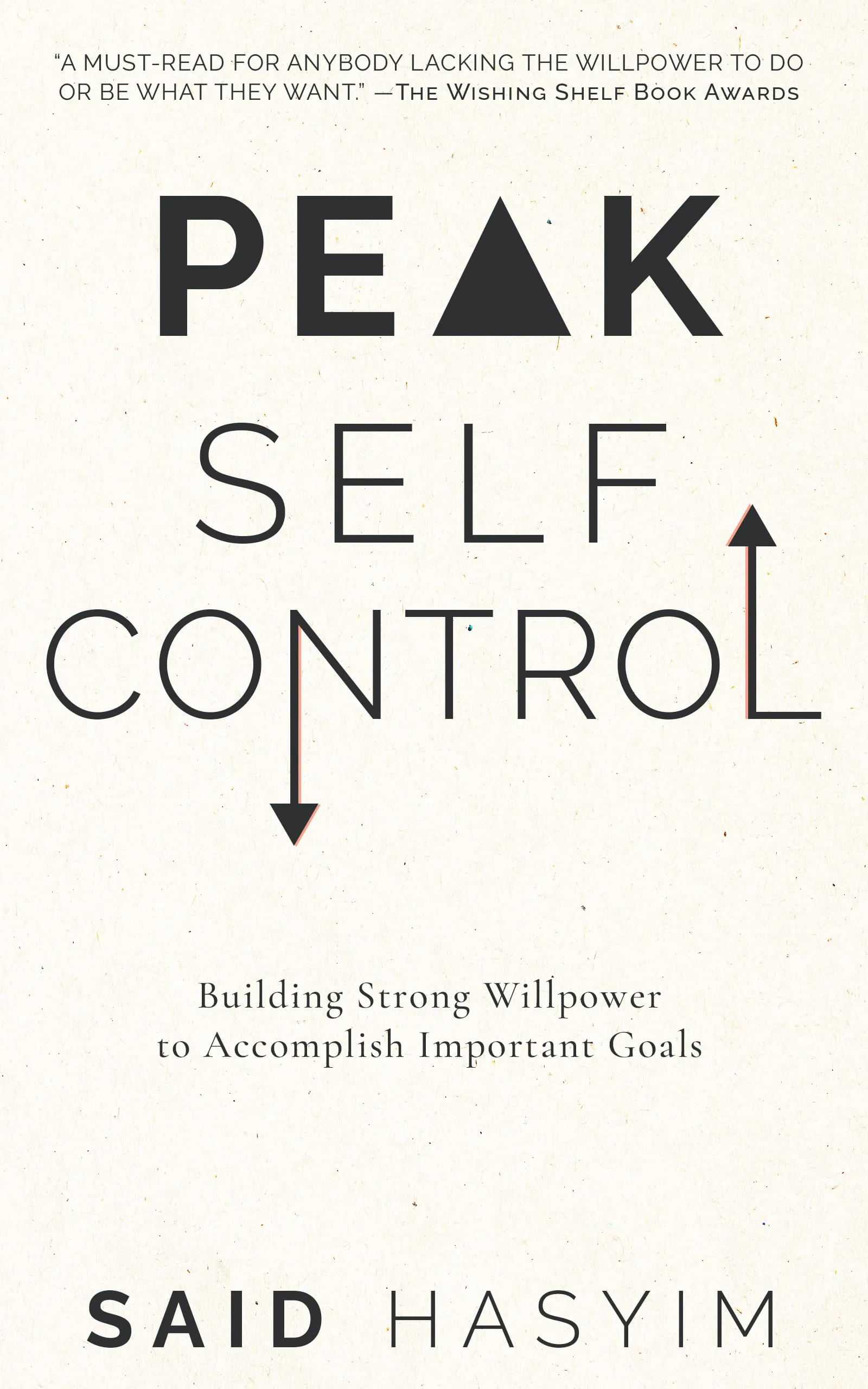Overcoming Burnout with Strategic Self-Discipline
Burnout—a state of chronic physical and emotional exhaustion—has become a buzzword in today’s fast-paced world. Many of us encounter this overwhelming feeling at some point in our careers or personal lives, exacerbated by incessant demands, high levels of stress, and unrealistic expectations. Fortunately, overcoming burnout is not just about stepping away but about implementing strategic self-discipline. In this blog post, we will explore practical ways to combat burnout by harnessing self-discipline, developing healthy routines, and fostering a balanced life.
Understanding Burnout
Before we can address burnout, it's crucial to understand its underlying causes. Some common contributors include:
- Excessive workload: A heavy workload can lead to feelings of being overwhelmed.
- Lack of control: Not feeling in control of your work or life can contribute to stress.
- Unclear job expectations: Uncertainty about what is expected can create anxiety.
- Poor work-life balance: Constantly prioritizing work over personal time can lead to neglecting your well-being.
- Inadequate support: Feeling isolated without a supportive network can heighten stress.
Recognizing these factors is the first step towards implementing self-discipline effectively.
The Power of Self-Discipline
Self-discipline is defined as the ability to control one’s feelings, behaviors, and desires in the face of external demands and challenges. When combined with strategic planning, self-discipline can be a powerful antidote to burnout.
Setting Boundaries
One of the foremost strategies to combat burnout is setting clear boundaries. Self-discipline helps you delineate when you are available for work and when you are not. Here are some steps to consider:
- Define Work Hours: Establish specific times when you will work and stick to them. This provides structure to your day.
- Create a Dedicated Workspace: Whether at home or in a co-working space, having a set environment can help reinforce boundary-setting.
- Use Technology Wisely: Use apps and tools to block distractions, like social media, during work hours.
Prioritizing Self-Care
Self-discipline is also key in prioritizing self-care, which is essential in preventing burnout. Consider incorporating the following strategies into your daily routine:
- Schedule Downtime: Just as you schedule meetings, ensure you block out time for relaxation, hobbies, and spending time with loved ones.
- Physical Activity: Regular exercise releases endorphins, improving mood and reducing stress. Aim for at least 30 minutes a day, whether it's yoga, running, or walking.
- Mindfulness Practices: Techniques such as meditation or deep breathing exercises can help ground you and alleviate anxiety. Commit to a short daily practice to enhance your overall well-being.
Implementing Strategic Routines
Establishing strategic routines can serve as a backbone for your days, enhancing productivity while maintaining balance. Here’s how to do it:
- Morning Rituals: Create a morning routine that energizes and prepares you for the day. This could include reading, meditation, or a quick workout.
- Time Blocking: Allocate specific blocks of time for different tasks. This reduces the feeling of chaos and allows you to focus better on what’s at hand.
- Evening Wind-Down: Develop a wind-down routine to disconnect from work at the end of the day. This might include journaling, reflecting on the day, or enjoying a calming beverage.
Building a Supportive Network
Self-discipline isn’t solely about individual control; it’s also about engaging with a supportive community.
- Share Your Goals: Openly discussing your self-care and routine goals with friends or colleagues can create accountability.
- Seek Feedback: Regular check-ins with peers can help you gauge where you’re struggling and what you might need to adjust.
- Create Positive Work Environments: Surround yourself with people who prioritize balance and healthy working habits.
Practicing Flexibility
Flexibility is vital in maintaining self-discipline without getting rigid. Life is unpredictable, and understanding when to adapt is just as important as sticking to your plans. Here are a few tips:
- Reassess Regularly: Take time to review your routines. What’s working? What isn’t? Adjust based on your current needs.
- Accept Imperfection: Understand that it's okay to have off days. Self-discipline is not about perfection but about consistently trying to align your actions with your well-being.
Conclusion
Overcoming burnout is not just a matter of “taking a break.” It requires a commitment to cultivating self-discipline and a lifestyle that recognizes and respects your limits. By setting boundaries, prioritizing self-care, implementing strategic routines, building a supportive network, and practicing flexibility, you can create a more balanced and fulfilling life.
Remember, the journey towards overcoming burnout starts with you—make the conscious choice to reclaim your well-being and infuse your days with purpose and peace. Adopt strategic self-discipline, and rise above burnout, one mindful step at a time.
Start Mastering Self-Discipline Today
Discover Peak Self-Control, a practical book to mastering self-discipline. Break free from distractions, build healthier habits, and improve your relationships. Gain effective strategies to enhance your willpower and make meaningful life changes, even amidst a busy schedule. Small adjustments can lead to significant improvements in your daily routine.
